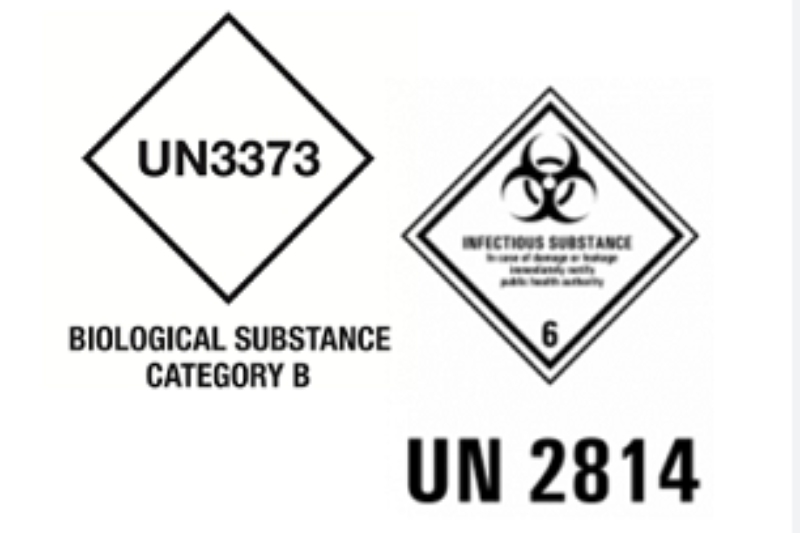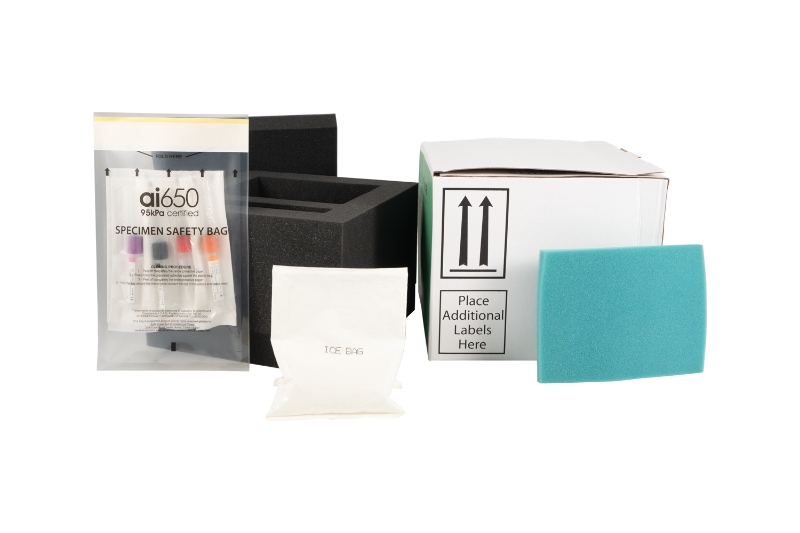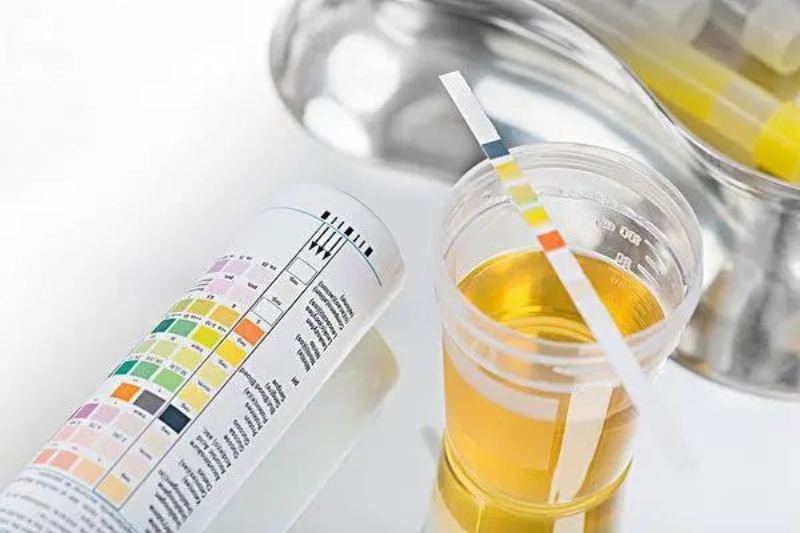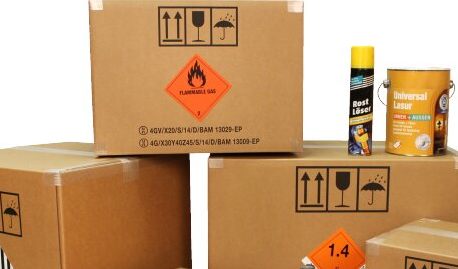 +86 178 5514 5298
+86 178 5514 5298 What professional name should be used for UN 3373?
Understanding UN 3373: The Role of Specimen Transport Bags in Safe Biological Substance Shipping
When it comes to the transportation of biological substances, safety and compliance are paramount. One of the key standards in this field is UN 3373, a classification that governs the packaging and transport of Category B biological substances. These substances, which include diagnostic specimens, cultures, and other potentially infectious materials, require specialized handling to ensure the safety of handlers, the public, and the environment. At the heart of this process is the specimen transport bag, a critical component of UN 3373-compliant packaging.
What is UN 3373?
UN 3373 is a United Nations designation for the transport of Category B biological substances. These are materials that are not classified as highly infectious (which fall under Category A, UN 2814 or UN 2900) but still pose a risk to health if not handled properly. Examples include blood samples, tissue samples, and other diagnostic specimens that may contain pathogens. The UN 3373 regulation ensures that these materials are packaged and transported in a way that minimizes the risk of leakage, contamination, or exposure.
The Importance of Specimen Transport Bags
A specimen transport bag is a specially designed container that is designed to meet the stringent requirements of UN 3373. These bags are not just ordinary plastic bags; they are carefully designed to provide multiple layers of protection. Typically, a specimen transport bag that meets the UN 3373 standard includes:
Primary container: This is the innermost layer and is usually a leak-proof tube or vial that holds the biological specimen. It must be securely sealed to prevent any leaks during transport.
Secondary packaging: The primary container is then placed inside a secondary packaging, such as a durable plastic bag or container, which provides additional protection against impact and leaks. This layer usually includes absorbent material to contain any spills.
Overpackaging: The final layer is a sturdy outer box or bag that protects the contents from physical damage during transport. This outer packaging must be clearly marked with the UN 3373 label and other required information, such as the sender and recipient's details.
Key Features of UN 3373-Compliant Packaging
To meet UN 3373 standards, specimen transport bags must adhere to specific design and performance criteria:
Leak-Proof Design: The packaging must prevent any leakage of the biological substance, even under pressure or impact.
Durability: The materials used must be robust enough to withstand the rigors of transport, including changes in temperature, humidity, and handling.
Labeling: Clear and accurate labeling is essential. The UN 3373 mark must be prominently displayed, along with other required information, to ensure proper handling and identification.
Absorbent Material: In the event of a spill, absorbent material within the packaging must be able to contain the liquid and prevent it from escaping.
Applications of Specimen Transport Bags
Specimen transport bags are widely used in various industries, including healthcare, research, and diagnostics. Hospitals and clinics rely on these bags to safely transport patient samples to laboratories for testing. Research institutions use them to ship biological materials between facilities, while diagnostic companies depend on them to deliver accurate and uncontaminated test results.
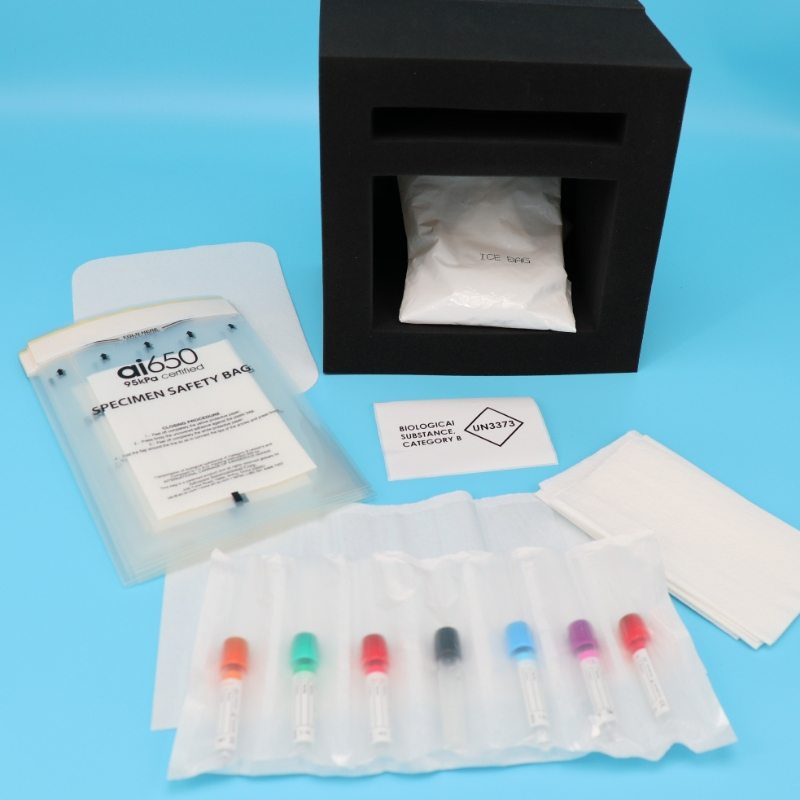
Challenges and Innovations
While UN 3373-compliant packaging has significantly improved the safety of shipping biological material, challenges remain. One ongoing issue is ensuring that all stakeholders, from healthcare professionals to couriers, are fully aware of regulations and proper handling procedures. Mislabeling or improper packaging can result in serious consequences, including exposure to hazardous materials.
To address these challenges, manufacturers are innovating. They are developing new materials and designs to improve the durability and leak resistance of specimen transport bags. In addition, advances in tracking technology, such as barcodes and RFID tags, are being incorporated into packaging to improve traceability and accountability.
Using UN 3373-compliant specimen transport bags is not only about complying with regulations, but also about protecting public health. By ensuring that biological material is safely transported, we can reduce the risk of accidental exposure to pathogens, protect the environment from contamination, and maintain the integrity of critical diagnostic and research materials.
In a world where the rapid and safe transportation of biological specimens is more important than ever, UN 3373 and specimen transport bags that meet this standard play a vital role. They demonstrate the importance of combining science, regulations, and innovation to protect life and advance medical knowledge.



